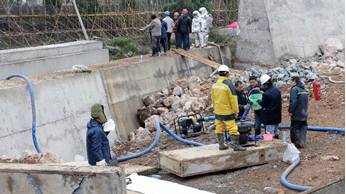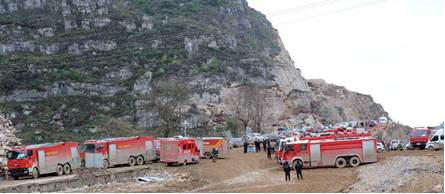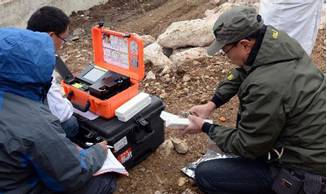
Incident Report Subject: CHINA - 2,000 tonnes Gasoline Leaks after Construction Tower Collapse and Pipeline Ruptures Date of Email report: Report Detail:
Fifty-five people were killed and 160 injured when a leaking oil pipeline exploded in Qingdao city on November 22. Nine people, including seven officials of the state-owned Sinopec, were taken into custody in connection with the last week's rupture that triggered one of the country's worst industrial accidents. In the latest case, the leak started in the early hours today from a broken gasoline pipe after a construction tower collapsed late last night at a high-speed railway construction site in Pingba County of Anshun City, said rescuers. The pipeline belongs to a branch of Sinopec. Three persons have received medical treatment and over 110 are working to repair the broken pipe and clear the site, about 30 metres from the Shanghai-Kunming railway, with residential houses nearby, state-run Xinhua news agency reported. The local government has taken emergency measures to stop the leak and evacuate residents from within a 2-km radius. Rail authorities have suspended train services from Anshun to the provincial capital of Guiyang. A provincial joint investigation team has been formed to look into the accident and safety inspections are being carried out across the province. Additional Documentation: NB: Its evident that the authorities have mounted a large scalemitigationoperation(picture2)andgas and airmonitoringis taking place (picture 3)however some concerns at the‘hot zone’site safety controls (picture 1)a quick lookprovides some questions about activity in this area; 1. Numbers of personnel in‘hot zone’– thisoperation should have minimalpersonnel in hazard zone, personnelsafety andaccountabilityis a primaryfactor. That’s just a quick look at the scene,I’m sure they are managing containment, decontamination andoverall incident management just as well.
|



